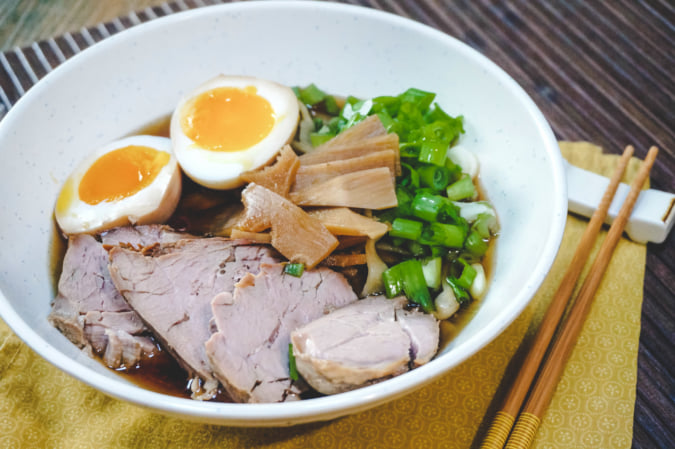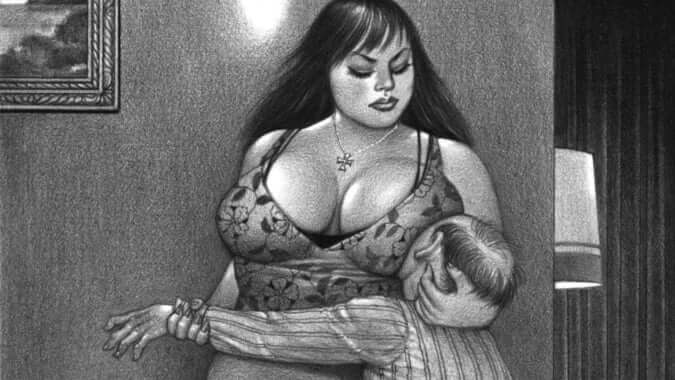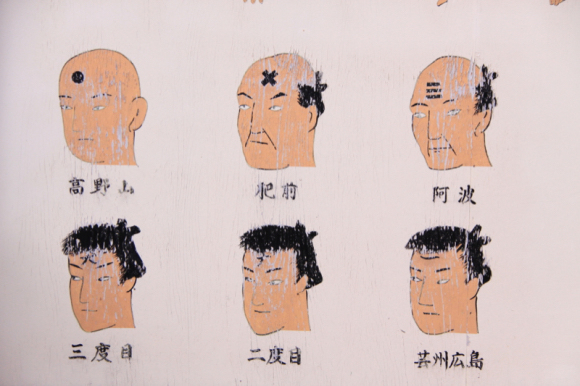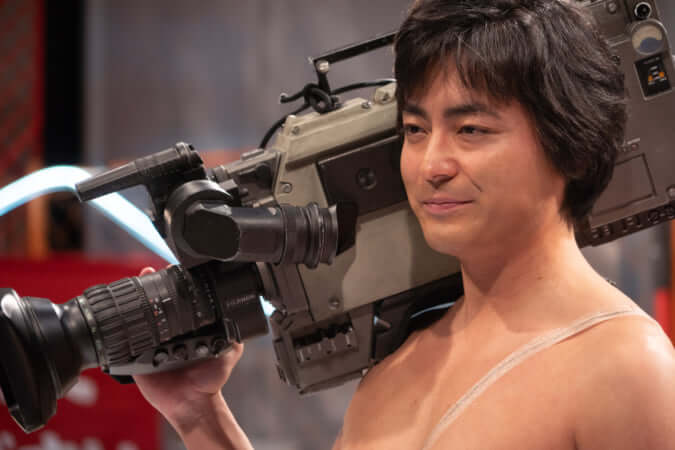The Artistry of Bondage by Hajime Kinoko
The artist transcends the practice of ‘shibari’ in performances where threads, not bodies, take centre stage.
Hajime Kinoko embarked on the journey of shibari, the Japanese art of bondage, in the early 2000s. This initiation came about at the suggestion of a former girlfriend intrigued by the practice, while he was managing a fetish bar frequented by numerous enthusiasts. It was through these patrons that he delved into the various techniques of Japanese bondage, also known as kinbaku, and underwent training under the guidance of master Akechi Denki.
In 2009, Chiharu Karino, an adult film actress, sought his assistance during photoshoots with the renowned kinbaku photographer, Norio Sugiura. After several years of collaboration, Hajime Kinoko himself ventured into the world of bondage photography in 2013, greatly influenced by the master. In addition to performing live shibari demonstrations, he now creates complete works, handling both the photography and video capture. His work has gained global recognition, and he has regularly conducted workshops in cities such as Paris, London, and Munich.
For Hajime Kinoko, shibari is all about connection. When he binds someone, it’s not about capturing or restricting the person but engaging in an exchange with the model. He describes it as if he is connecting to the model. One of his most iconic series, Red (2015), best expresses this sense of connection. In Japanese culture, the red thread symbolises the thread of destiny, connecting people to one another. With this artwork, the artist aimed to emphasize the ties that bind us together.
More information on Hajime Kinoko’s work can be found on the artist’s website.
View this post on Instagram
TRENDING
-
Ishiuchi Miyako, A Singular Perspective on Women
Recipient of the 2024 Women in Motion Award, the photographer creates intimate portraits of women through the objects they left behind.

-
Recipe for Ichiraku Ramen from ‘Naruto’ by Danielle Baghernejad
Taken from the popular manga with the character of the same name who loves ramen, this dish is named after the hero's favourite restaurant.

-
Namio Harukawa, Master of Japanese SM Art
'Garden of Domina' offers a dive into the world of an icon of ‘oshiri’, whose work has now reached a global audience.

-
The Tattoos that Marked the Criminals of the Edo Period
Traditional tattoos were strong signifiers; murderers had head tattoos, while theft might result in an arm tattoo.

-
The Emperor of Japanese Porn is Now the Star of a Netflix Series
Deliciously funny, The Naked Director especially succeeds in reviving the atmosphere that was so characteristic of 1980s Japan.





